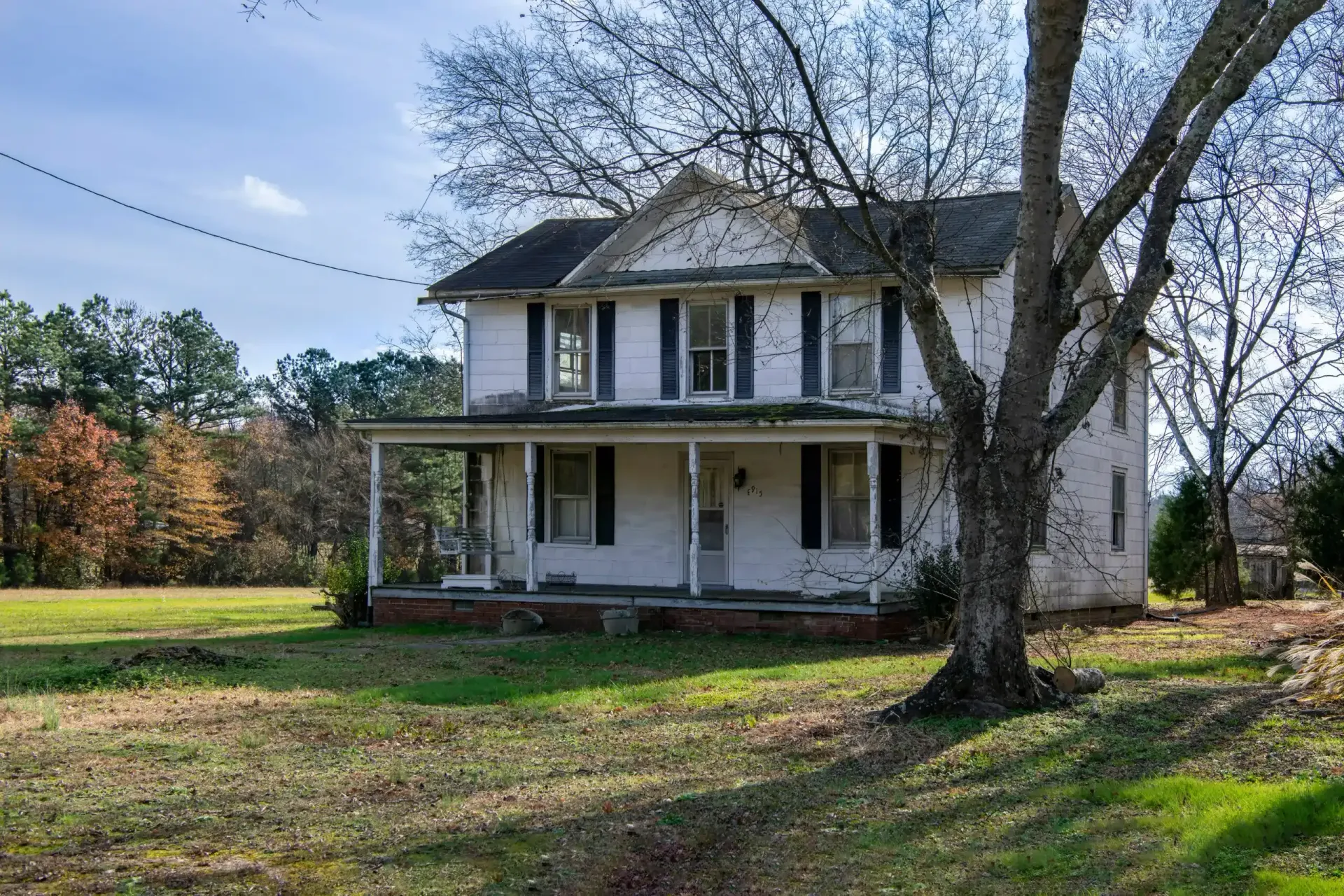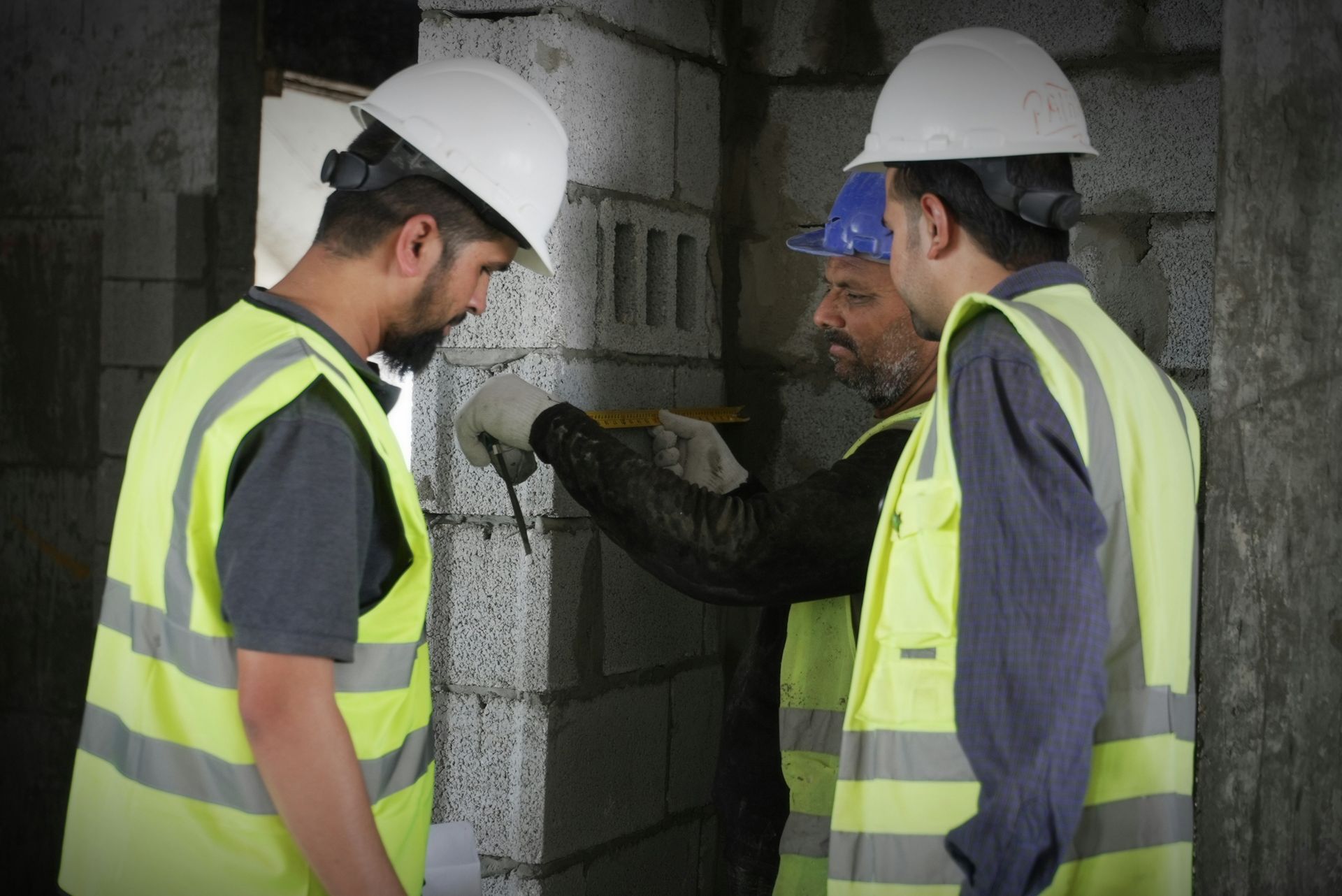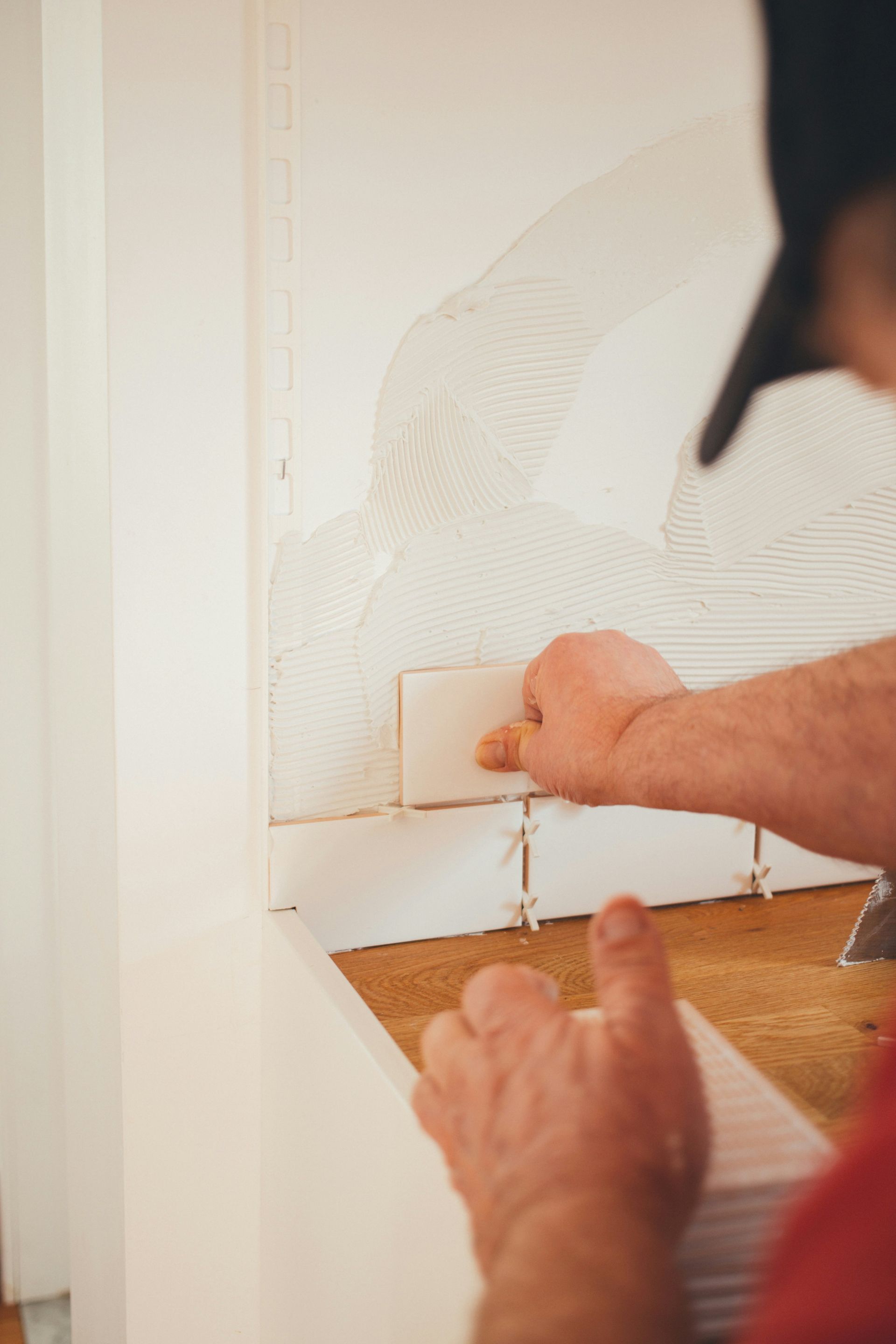Smart Budgeting for Your Door Replacement Project

Replacing doors in a home can greatly enhance both aesthetics and functionality, whether it’s a new patio door, a trendy barn door, or a sleek sliding door. However, homeowners often underestimate the door replacement cost, which varies based on factors like material, style, and whether a general contractor is hired or a DIY approach is taken. This article will explore smart budgeting strategies for your door replacement project, covering everything from basic costs to finding the best deals on materials, helping you plan effectively and avoid financial surprises.
Key Takeaways
- Material choice significantly influences door replacement costs and long-term maintenance.
- Labor costs are determined by the complexity of the installation and the installer’s experience.
- Additional expenses like permits and structural repairs can add to the overall budget.
- Investing in high-quality materials can lead to long-term savings and improved durability.
- Setting aside a contingency fund helps manage unexpected costs during the project.
Understanding the Basics of Door Replacement Costs

Door replacement costs vary widely, influenced by factors such as door type, materials, and additional features. Homeowners should consider options ranging from basic interior doors to elaborate entryways with sidelights and wrought iron accents. Material choices, including wood, fiberglass, and steel, significantly impact the overall expense. Beyond the door itself, costs may include drywall repairs, custom millwork, and labor fees for professional installation. Understanding these elements is key to creating a realistic budget for a successful door replacement project.
Evaluating the Types of Doors and Their Average Prices
When it comes to doors, there are many options to suit different needs and preferences. From simple interior doors to sturdy exterior ones designed for top-notch security, the variety in design and price is extensive. Interior doors can start as low as $50, while high-end exterior doors may cost over $5,000, with prices influenced by material, style, and added features like decorative glass or advanced locks. Homeowners should carefully assess their specific needs, whether it’s a basic hinge replacement or a complete entryway update, and consider the level of expertise required. It’s also important to account for installation costs, especially if modifications to the existing door frame are needed, as this can affect the overall budget.
The Impact of Material Choice on Overall Costs
Material selection plays a significant role in door replacement costs, with options ranging from budget-friendly hollow-core doors to premium solid wood varieties. Wood doors offer classic beauty but may require more maintenance, while steel and fiberglass provide durability and energy efficiency for exterior doors. Specialized options, like pocket doors for saving space or garage doors with advanced insulation, come with unique price points. Homeowners should also consider additional features like transoms, which enhance natural light but can raise overall costs. Ensuring all choices comply with local building codes is essential, as this may affect material selection and installation requirements.
Additional Costs to Consider in Door Replacement
Door replacement projects often involve more than just the cost of the new door itself. Homeowners should budget for potential expenses such as adding a storm door for extra protection, repairing or replacing flooring near the entryway, and addressing any electrical wiring issues that may arise during installation. The choice of brand can also affect the overall cost due to differences in quality and warranty options. Factoring in these additional costs is essential for creating a comprehensive and accurate budget for the entire door replacement project.
Labor Costs: What You Need to Know
Labor costs for door replacement vary based on the project’s complexity and the installer’s experience. Hiring a skilled professional ensures proper installation, especially for specialized doors like those with smart lock systems. Costs may increase if the project involves replacing the door jamb or working with high-end brands. Homeowners should factor in these labor expenses when budgeting for their door replacement project to avoid unexpected costs.
Setting a Realistic Budget for Your Door Replacement

Setting a realistic budget for a door replacement project requires careful planning and financial management. Homeowners should assess their financial situation, considering factors like their location, which can affect costs. Allocating funds wisely involves balancing essential expenses with desired features, knowing when to invest in high-quality materials or extended warranties and when to save on less critical elements. This approach helps homeowners make informed decisions, ensuring they get the best value while staying within budget. Additionally, it’s wise to consider how the project might impact home insurance premiums, as certain upgrades could offer benefits or discounts.
How to Assess Your Financial Capability
Considering a door replacement project? Start by evaluating your financial readiness. Assess your savings, income, and monthly expenses to determine your budget capacity. Whether upgrading a basic bedroom door or installing a grand iron entry door with a customized frame, be sure to factor in additional costs like caulk and other materials. Shop around and compare prices from different stores to establish a practical budget for the type and quality of door you want.
Allocating Funds Wisely Across Your Project
When embarking on a door replacement project, it’s crucial to allocate funds thoughtfully. Homeowners should carefully consider which aspects are essential and which are simply desirable. Weighing the long-term investment value of choices, such as deciding between a durable steel door or an energy-efficient sliding glass door, is key. Prioritizing core functionality and security features over non-essential elements like decorative engraving or custom paint finishes can help maximize the overall value of the project.
When to Splurge vs. When to Save
Homeowners should prioritize spending on essential elements that enhance security, energy efficiency, and long-term durability, such as high-quality locks, weatherstripping, and rust-resistant materials. Investing in professional installation for features like French doors or upgrading to energy-efficient windows can significantly boost home value and comfort. However, savings can be made on cosmetic features like ornate door handles or intricate glass designs by opting for simpler alternatives that still complement the home’s aesthetic, allowing more funds to be allocated to critical components like a reliable latch mechanism.
How to Prioritize Your Spending on a Door Replacement

Prioritizing spending for a door replacement project requires careful consideration of various factors. Homeowners should balance their desires with practical needs, focusing on elements that offer the best long-term value. By identifying essential features and understanding the importance of quality materials, they can make informed decisions that maximize their investment. This approach helps avoid costly mistakes and ensures the new door enhances the home’s appearance while improving its functionality and energy efficiency.
Identifying Must-Haves vs. Nice-to-Haves
Homeowners should prioritize essential features when replacing doors, focusing on security, energy efficiency, and durability. While decorative elements like ornate glass panels or custom finishes can enhance aesthetics, they are often “nice-to-have” rather than necessary. By distinguishing between necessary components and optional extras, homeowners can allocate their budget more effectively, investing in high-quality core features before considering cosmetic upgrades.
Investing in Quality: Long-Term Savings
Investing in high-quality doors and hardware pays off in the long run. Premium materials and construction resist wear and tear, reducing the need for frequent repairs or replacements. Energy-efficient doors with proper insulation and weatherstripping can also lead to significant savings on heating and cooling costs over time.
The True Cost of Cheap Materials
Opting for cheap materials in door replacement projects can lead to hidden costs and long-term expenses. Low-quality doors may require frequent repairs or replacements and often have poor energy efficiency, resulting in higher utility bills. Homeowners should consider the total cost of ownership, including maintenance and potential replacements, rather than focusing solely on the initial purchase price.
Planning for Unexpected Expenses

Door replacement projects often come with unexpected challenges that can impact the budget. Savvy homeowners prepare for these surprises by creating a contingency fund, understanding common unforeseen issues, and developing strategies to adjust their budget mid-project. Anticipating potential complications and having a financial cushion allows homeowners to navigate the process more smoothly, ensuring the project stays on track without compromising quality or overspending. This proactive approach helps manage stress and provides flexibility when facing unexpected hurdles during the renovation.
Common Unforeseen Issues in Door Replacement Projects
Door replacement projects often reveal hidden issues that can affect both the timeline and budget. Homeowners may encounter problems like rotted framing, outdated wiring, or asbestos in older homes during the removal process. These unexpected challenges may require additional expertise, materials, and time to address, potentially increasing the overall cost of the project.
Adjusting Your Budget Mid-Project: Tips and Tricks
Adjusting a budget mid-project requires flexibility and quick decision-making. Homeowners can prioritize essential elements like security features or energy efficiency while deferring non-critical upgrades. They might also explore alternative materials or finishes that offer similar benefits at a lower cost, allowing them to reallocate funds where they are needed most.
Conclusion
Smart budgeting for your door replacement project ensures a successful outcome without financial strain. By understanding the various cost factors, from materials to labor, homeowners can make informed decisions that balance quality with affordability. Creating a realistic budget, including a contingency fund for unexpected expenses, allows for flexibility and peace of mind throughout the project. Prioritizing essential features, investing in quality materials, and exploring cost-saving strategies enable homeowners to maximize their investment and achieve a door replacement that enhances both the functionality and value of their home.






Share On: